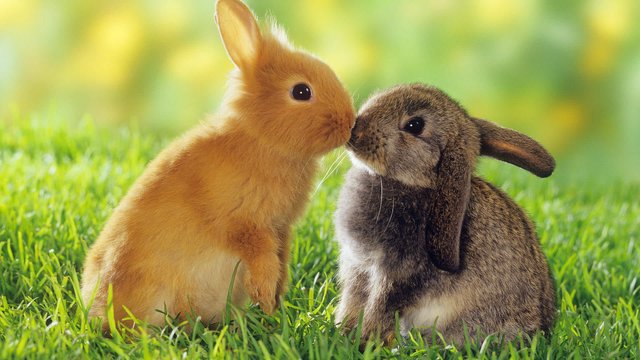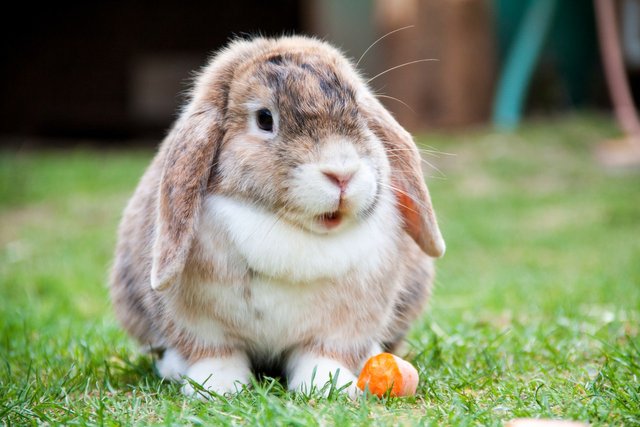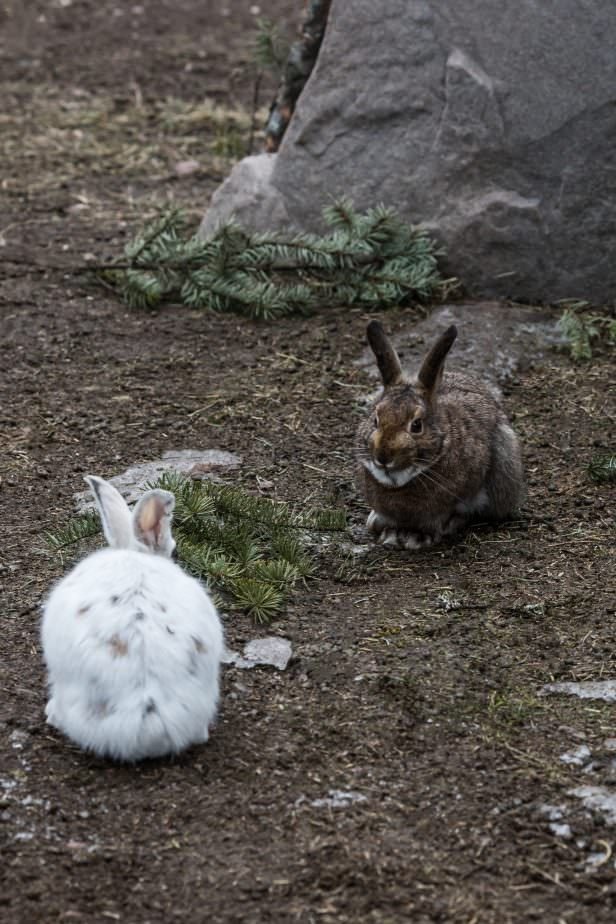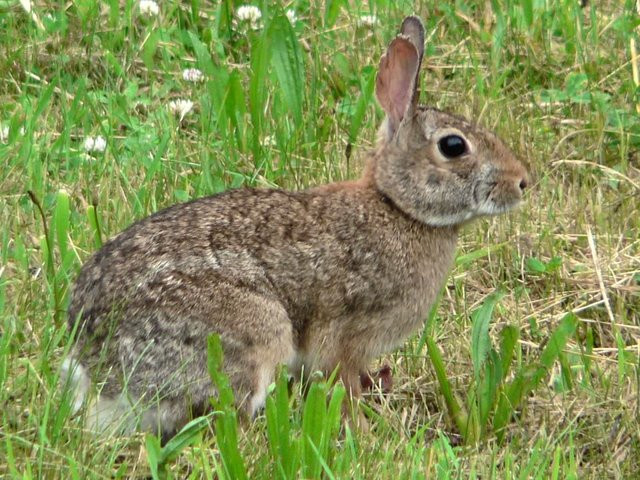Creatures are adjusting to fast environmental change
A few animal varieties that used to hand white over the winter are presently remaining dark colored year-round.

To dodge predators, twenty-one types of well evolved creatures and winged creatures change their jacket shading from dark colored in the late spring to white in the winter. In any case, with winters arriving later and snow softening prior, these winter white people are getting to be defenseless against being confounded on dark colored snowless ground. In any case, a few populaces of these species that live in less frigid spots are adjusted to stay dark colored all winter; for instance, weasels in the southern US and mountain rabbits in Ireland. In another examination, L. Scott Mills and associates have mapped hotspots that could encourage a fast transformative reaction to atmosphere.
We addressed him about the work.
ResearchGate: What persuaded your examination?

Scott Mills: Although the increasing speed in human-caused environmental change is logically sure, the result of that environmental change will rely upon how people react to it. Obviously, lessening our worldwide C02 impression is at last basic, however are there different advances that individuals could take now to limit annihilations of wild creatures as the atmosphere changes? This examination was persuaded by my want to recognize what this surprising characteristic - occasional coat shading - could educate us regarding how adjustment to atmosphere has effectively formed species, and how we could utilize learning of adjustment to enable cultivate future tirelessness of wild creatures to atmosphere to change.
RG: What did you find?
Plants: For the first occasion when we portray an outwardly convincing quality – shared by 21 photogenic species over the northern side of the equator – that is straightforwardly molded by atmosphere. The quality is occasional coat shading, whereby cover over the seasons is kept up by a daylength-activated shed from dark colored in the late spring to white in the winter to coordinate the nearness of snow. Curiously, a few people in every one of the animal types stay darker in the winter, an adjustment to diminished or no snow, for instance in southern or beach front territories. For eight species we mapped the far reaching appropriation of the winter dark colored and winter white transforms, and additionally the districts where both darker and white winter people would be relied upon to be discovered together. Since regions with the most variety advance most rapidly, these "polymorphic" zones develop as hotspots for future fast transformative reaction to atmosphere.
RG: How did you distinguish these versatile hotspots and the creatures for your examination?

Plants: A considerable measure of the work was old fashioned common history sleuthing to discover winter examples with known coat shading and an exact accumulation area. Our group pored through the old writing and went to 26 historical centers comprehensively to gather 2,700 examples beginning from 60 nations. At that point it was a noteworthy spatial demonstrating push to utilize those known coat shading tests to depict expected winter coat shading over the scopes of the eight species for which there were adequate information. Notwithstanding winter darker and winter white zones, our spatial demonstrating additionally showed places where it was about similarly prone to be dark colored or white; these are polymorphic zones. Our last advance was to overlay polymorphic zones shared by various species. For regular coat shading species, these future versatile hotspots. Here in the polymorphic zones the populaces are well on the way to quickly develop towards winter darker, and to scatter the winter dark colored qualities out into the contiguous winter white populaces.
RG: How any longer would you anticipate that the white creatures will exist by any stretch of the imagination?
Factories: Well, this is the central issue. What's more, really, the appropriate response must be: it relies upon what individuals do beginning at this point! As such, on the off chance that we don't make picks up in diminishing ozone depleting substances, and don't make a move to cultivate adjustment, at that point the guess will be inauspicious for some species in the following century. Yet, with activity to decrease ozone harming substances (a long haul recommendation) combined with diligent work to keep up extensive and associated populaces that best encourage quick developmental change, at that point there's significant hopefulness for the diligence of wild species.
RG: What might you like the general population to take from your examination?
Factories: Evolution isn't enchantment or supreme, and at last, we should seek after a decrease in the ozone harming substances that reason environmental change. In any case, we needn't freeze; rather, pushing for vast and associated populaces that hold the exceptional sauce for fast developmental change will engage nature's adjustment motor to manage wild creatures through considerable difficulties. This is something that any national, group pioneer, arrive administrator, or government official could do in the here and now to enable wild creatures to hold on notwithstanding environmental change.
RG: What has directing this investigation been similar to for you by and by?

Factories: This venture is a case of the energetic energy of global coordinated efforts, with 5 nations spoke to on the paper. Additionally, about portion of the creators are understudies or post-docs, a demonstration of the vitality of the up and coming age of researchers. For me, both the discoveries of this paper and the way toward arriving, working with this staggering group, has abandoned me with a significant feeling of idealism for what's to come.

Thanks... :)
I like....
wow